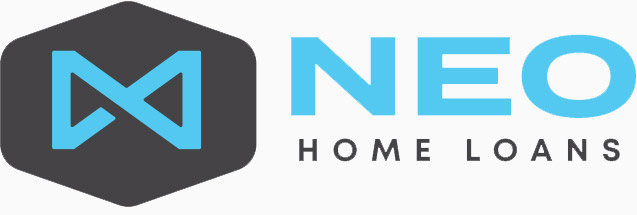2Mami Insights
Your go-to source for news, tips, and inspiration.
Home Loans: The Secret Ingredient to Your Dream Castle
Unlock the door to your dream castle! Discover home loan secrets that make owning a home easier than you think. Don't miss out!
Exploring Home Loan Options: What You Need to Know
When it comes to exploring home loan options, it's essential to understand the different types available to you. Each option has its own set of terms and requirements, so being informed is crucial. Common types of home loans include fixed-rate mortgages, adjustable-rate mortgages (ARMs), and government-backed loans such as FHA or VA loans. To help you compare these options, consider the following factors:
- Interest Rates: Fixed-rate loans stabilize your payment over the life of the loan, while ARMs can offer lower initial rates that may increase over time.
- Loan Terms: Typical loan terms range from 15 to 30 years, affecting monthly payments and total interest.
- Down Payment Requirements: Some loans require as little as 3% down, while others may require a larger upfront payment.
As you explore your home loan options, it's also vital to assess your financial situation. Your credit score plays a significant role in determining the interest rates and loan products available to you. Buyers with higher credit scores typically qualify for better rates, which can save you thousands over the life of the loan. Additionally, consider getting pre-approved to understand your budget better and strengthen your position when making an offer on a home. Remember to weigh all available options and consult with mortgage professionals to find the best home loan suited for your needs.

5 Key Factors That Impact Your Home Loan Approval
Securing a home loan can be a daunting task, but understanding the key factors that impact your home loan approval can streamline the process. First and foremost, your credit score plays a crucial role; lenders typically look for a score of 620 or higher. Maintaining a good credit history demonstrates your ability to manage debt responsibly, increasing your chances of approval. Additionally, your debt-to-income ratio (DTI) is another vital aspect. A lower DTI indicates that you have manageable debt levels compared to your income, making you a more attractive candidate for a loan.
Another important factor is your employment history. Lenders seek borrowers with a stable source of income, often requiring at least two years of consistent employment in the same field. Moreover, the amount of your down payment can significantly influence your home loan approval; a larger down payment reduces the lender's risk and may even secure you a lower interest rate. Finally, the overall financial health demonstrated by your assets and savings can strengthen your application, providing a buffer should any unexpected financial challenges arise.
Is a Fixed or Variable Rate Home Loan Right for You?
When considering a home loan, one of the first decisions you'll face is whether to opt for a fixed rate or a variable rate mortgage. A fixed rate home loan offers stability, as your interest rate remains constant throughout the life of the loan. This predictability makes budgeting easier since your monthly payments won’t fluctuate with changes in the market. On the other hand, a variable rate home loan may start with lower initial rates, but it can increase or decrease over time based on market conditions. Understanding your financial situation and risk tolerance is key to determining which option suits you best.
To help you decide, consider these factors:
- Duration of stay: If you plan to stay in your home for a long time, a fixed rate loan might be beneficial to lock in lower interest rates.
- Market trends: Research current market trends; if rates are expected to rise, a fixed rate loan could save you money in the long run.
- Financial flexibility: If you anticipate changes in your income or prefer lower initial payments, a variable rate loan may be more attractive.